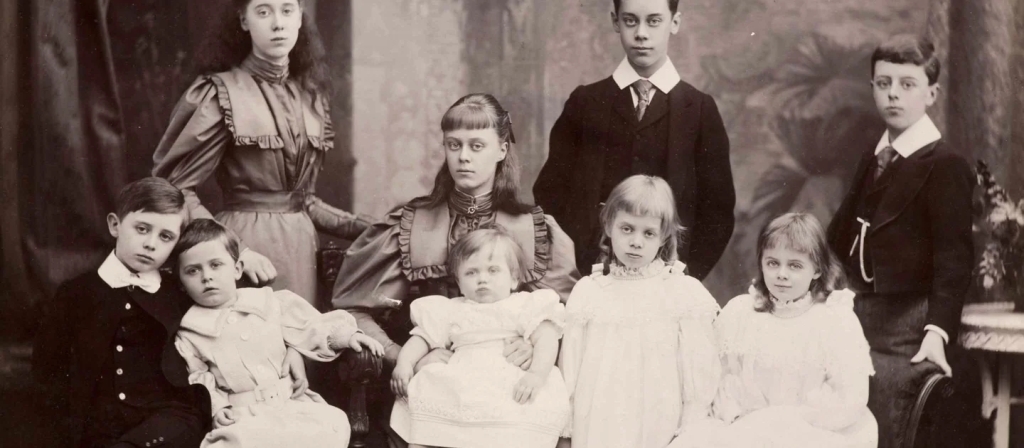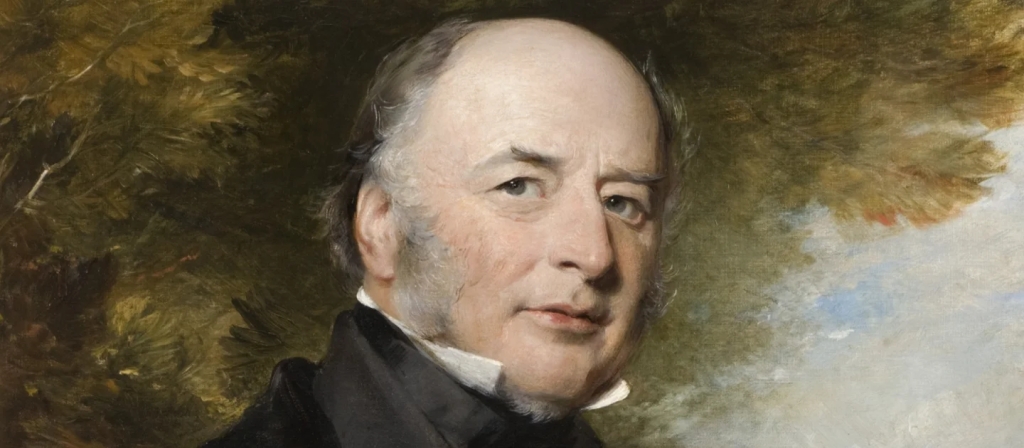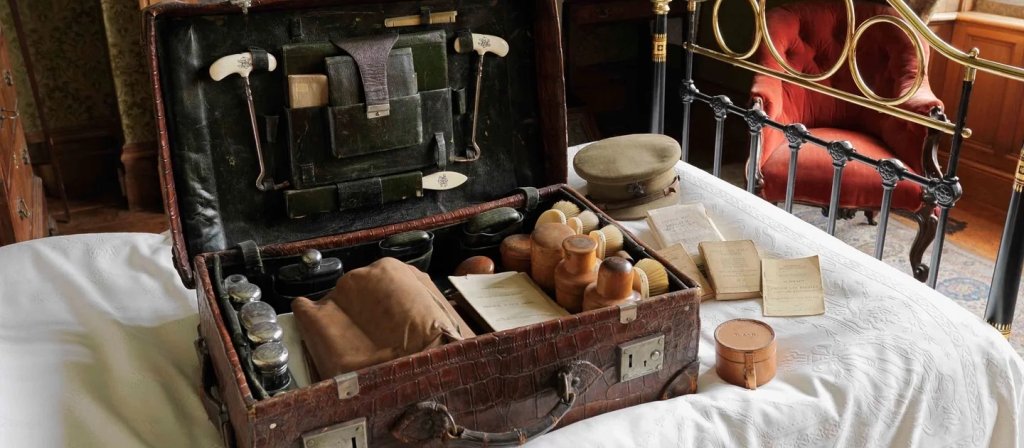
Following the dissolution of the monasteries, Lanhydrock was first owned by the Glynn, Littleton and Trenance families and then Richard Robartes acquired it in 1621.
When Richard died in 1634, the estate was inherited by his son, John, who after marrying twice fathered in total 19 children. He had a successful career in politics before dying in London on 1685.
He outlived his heir, so was succeeded by his grandson, Charles Bodville Robartes who spent very little time at Lanhydrock, preferring to live in London.
Charles was succeeded by his nephew, Henry who ventured on a ‘Grand Tour’ settling in Venice with his mistress. During this period of time, Lanhydrock suffered huge neglect and the house fell into disrepair and was “destitute of furniture.”
When Henry died, Mary Vere Robartes, the great-granddaughter of John Robartes inherited Lanhydrock though she was less impressed with the state of the building and she considered demolishing the house and auctioning its contents – she valued the whole estate at around £110,000.
But Mary died before she could do this and her eldest son, George, inherited the estate in 1758. Even though he rarely visited Lanhydrock, he did modernise the house and even better, he hired an estate warden, William Jenkin, who did much to improve the house.
George suffered from ill health and was always looking for cures, but he died in 1798 and the estate was passed to his niece, Anna Maria Hunt.
Anna married Charles Bagenal Agar and she improved Lanhydrock House, installing blinds to protect the pictures from sunlight and stoves to combat the damp.
Her husband, Charles, died of typhoid in 1811 and her youngest son, Edward, died in 1818. So Anna Maria devoted her life to providing an income for her surviving son, Thomas James and she died in 1861.

Thomas James took responsibility for the estate when he came of age in 1829. He married Juliana Pole-Carew and they had a child, Thomas Charles Agar-Robartes. He was the Liberal MP for Bodmin and was considered to be “the poor man’s friend.”
He employed the architect George Gilbert Scott to repair Lanhydrock House. But unfortunately tragedy struck in 1881 when a fire destroyed the interiors of the south and west wings. Juliana died a few days later from smoke inhalation and shock and Charles died the following year, reputedly from a broken heart.
After his death, their son, Thomas Charles inherited the estate and he installed the latest Victorian fire-fighting system, as well as modern conveniences.
He married Mary Dickinson and they had 10 children and all except for one, lived to reach adulthood. Sadly their third son, John, died of bronchitis on Christmas Eve, 1884. He was six months old.
They lived during a time of late-Victorian and Edwardian opulence and had many visitors including the Prince and Princess of Wales in 1903, Lord Roseberry and Winston Churchill.
Their eldest son, Thomas Charles Reginald was elected as an MP for South East Cornwall in 1906 but was implicated in a scandal and was charged with 108 counts of bribery and excessive expenses.
He joined the Coldstream Guards and left for France in February, 1915. He was shot at the Battle of the Loos in September and later died of his wounds and the family fell into a decline from which they never recovered.


